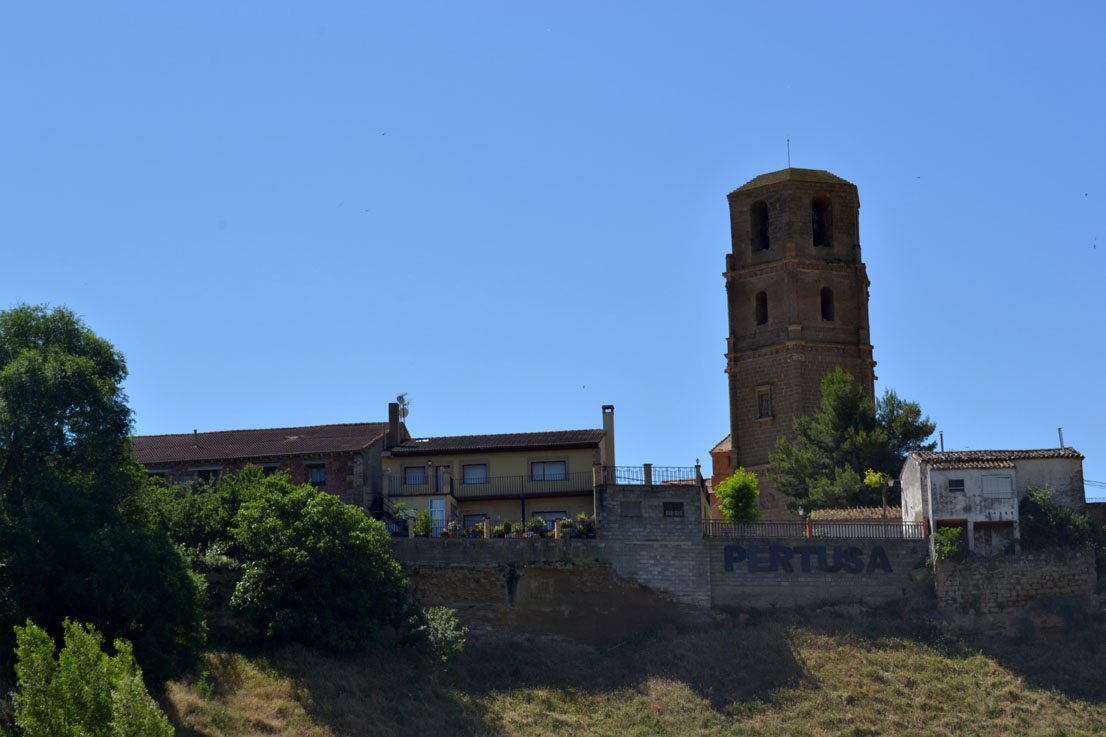
The imposing and monumental village of Pertusa towers over a specular gorge that plunges into the Alcanadre River.
Located along the road that once ran between Osca and Ilerda, Pertusa is reached over a bridge that crosses the river, evidence of the significant role it plays as a point of connection between different border lands and as a can´t-miss stop along the Camino de Santiago (Way of St. James) where it meets with the Catalan section of the trail.
Rising tall above the other buildings is the spectacular Renaissance-style Torre de Juan de Herrera. Built in 1575, the tower is a free-standing structure, separate from the village’s other religious buildings.
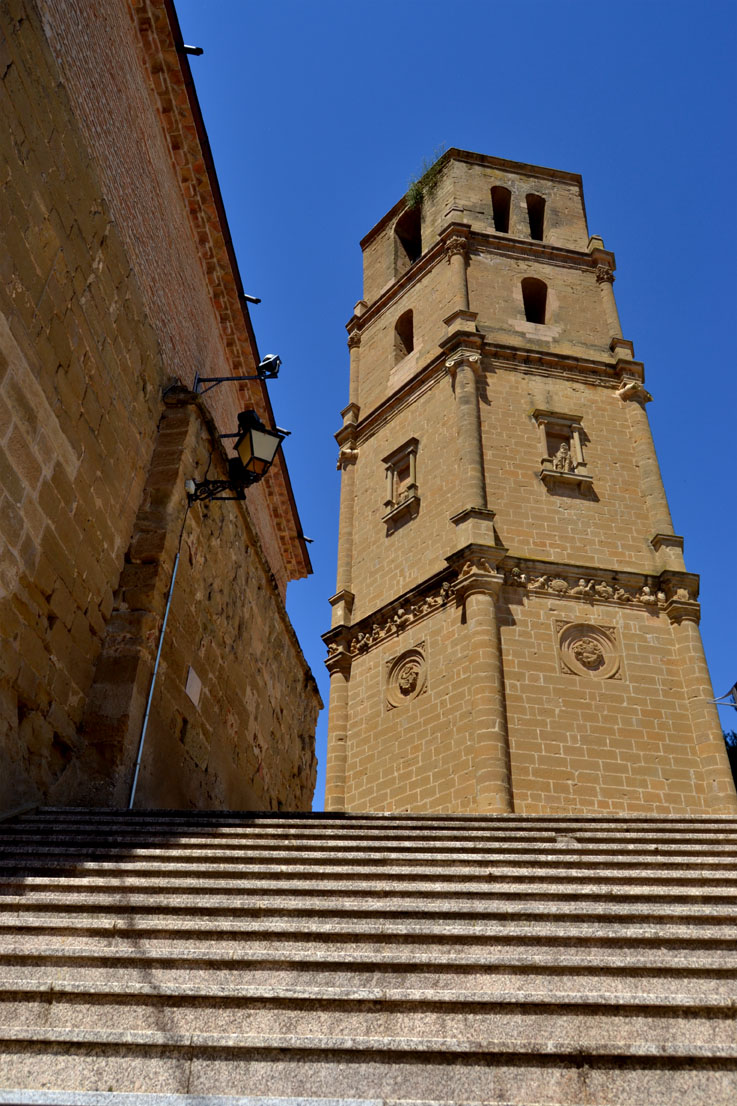
Next door is the Church of Santa María, a Historical Artistic Monument; while its origins are Romanesque, most of the structures seen today correspond to later periods (16th to 18th centuries). Noteworthy is its Romanesque crypt, as well as several exterior and interior decorative elements from the same period.
Pertusa celebrates its annual festival on August 15th in honor of the Assumption of Mary.
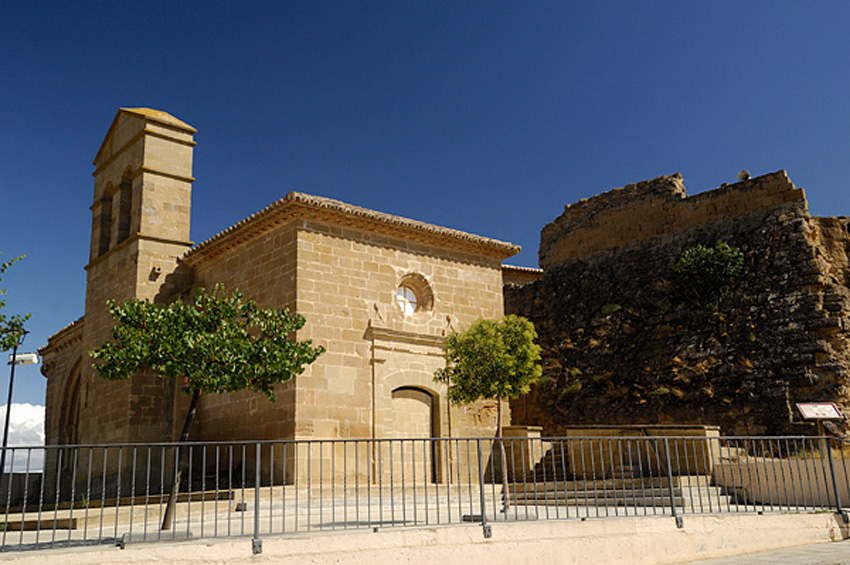
The village sits on top of a hill overlooking the Guatizalema River, opening towards the summit and its church and the castle.
The Church of Nuestra Señora del Rosario dates back to the late 12th century. Its single rectangular nave was expanded to the west in the 15th century, while the eastern side of the church ends in a semicircular apse topped by a quarter-sphere vaulted ceiling, while a barrel vault covers the rest of the space. The crypt was discovered during the church’s renovation and the interesting structure and decoration of its façade was left exposed.
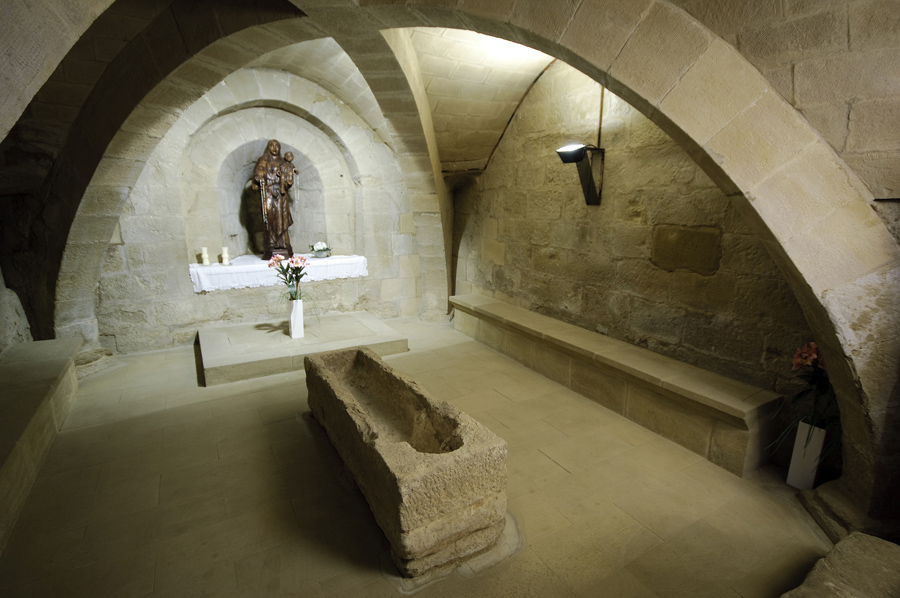
The castle is next to the church; although it originated as a 12th-century religious and military complex, serving a common dual purpose in the Alto Aragón during that period, it was extensively reformed in the 15th and later centuries, resulting in an imposing building in which at least three construction phases can be distinguished.
A simple medieval bridge crosses the Guatizalema River, and nearby is the 19th-century Chapel of San Joaquin, as well as important archaeological sites like the Iron Age “Nido de los Cuervos”.
Novales celebrates its annual festival on the first weekend of October in honor of Our Lady of the Rosary.
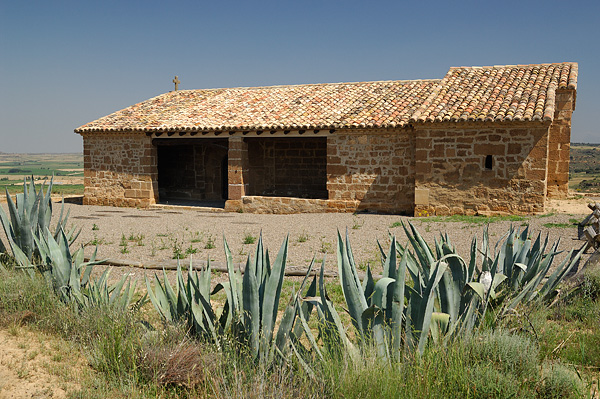
The village of Tramaced is located in the southernmost area of Hoya de Huesca, in the foothills of the mountain of the same name.
The hamlet is built around the Parish Church of San Miguel, a 16th-century Aragonese Gothic building.
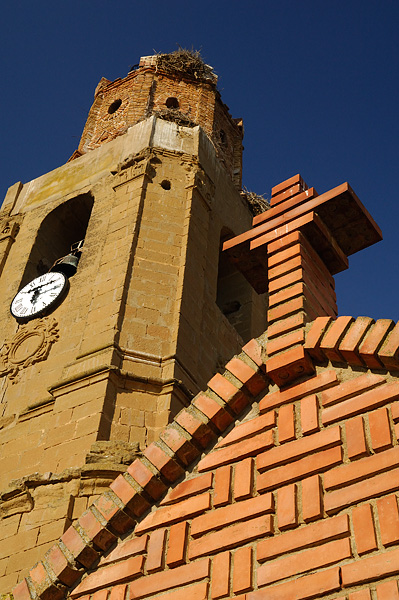
Traces of defensive buildings and structures dot these border lands, and Tramaced is home to what are likely the ruins of a former castle.
Nearby is the Chapel of the Virgen del Puyal, which has a necropolis of tombs excavated in sandstone, similar to others found throughout the area.
Its natural heritage combines the ritual and ornithological. On the one hand is a “fertilizing stone” called Peña Lucia, an interesting rock formation associated with female fertility; it's "Peña Lucía. And on the other, the steppe escarpments that make this area a Zone of Special Protection for Birds (ZEPA), along with the village of Piracés.
Tramaced celebrates its annual festivals on February 10th in honor of Our Lady of Puyal, and on September 8th in honor of the Nativity of Mary.
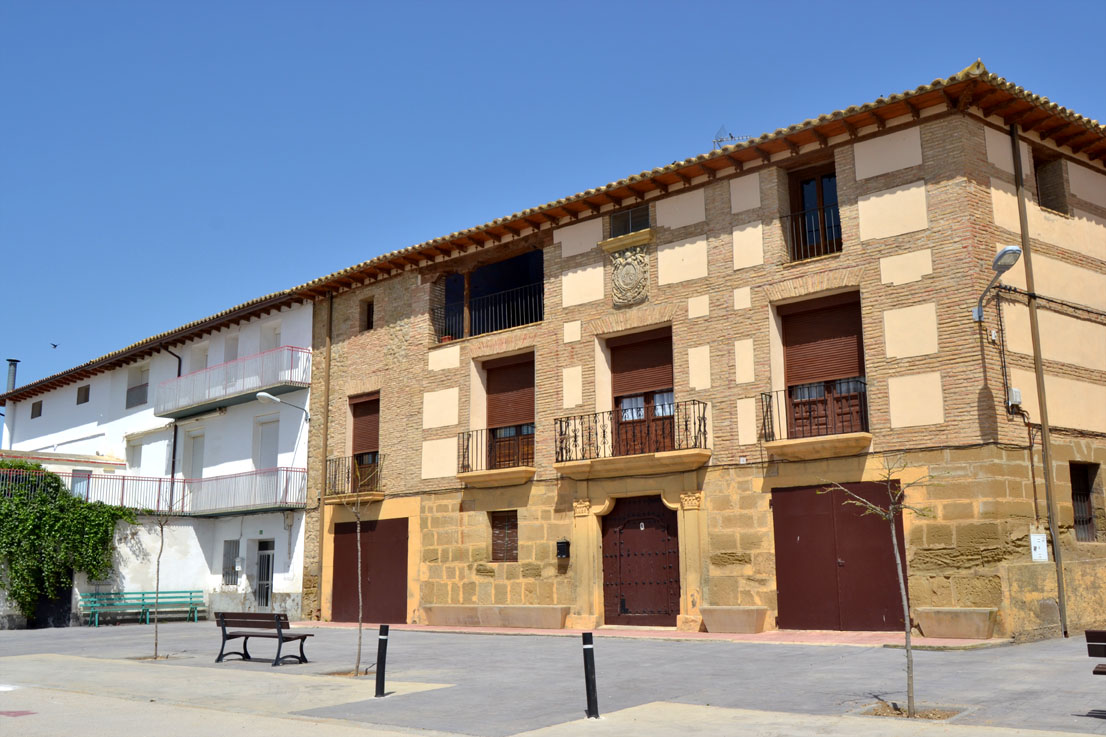
The peaceful and charming village of Chimillas is located a few kilometers from Huesca.
Rising between the church and the square, the village is laid out in an irregular shape and features several small homes, like Casa Carolina (1778) with its Estaún-Panzano coat of arms, and Casa García with its Cebrián coat of arms.
Its Parish Church of San Jorge was built in the 17th century with a single nave and a vaulted lunette ceiling, while the side chapels have a barrel vault ceiling.
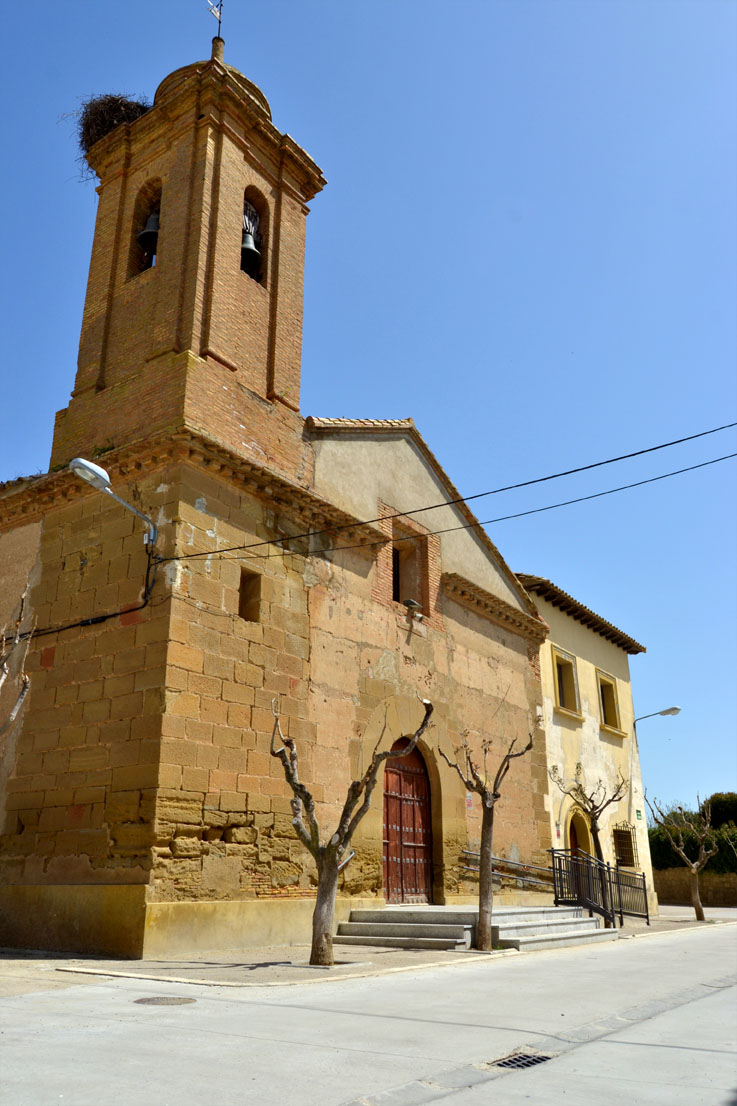
Chimillas once belonged to the Sovereign Order of San Juan de Jerusalen.
Its history can be traced back to the period of Muslim rule in Hoya de Huesca, since its name means “the mosques”.
Tradition has also linked Chimillas with the "Siete Lugares (Seven Places)", that is, villages which swore their loyalty to the Chapel of Loreto in times past.
The village celebrates its annual festivals on April 23rd in honor of Aragón’s patron saint, St. George, as well as the first Sunday of October in honor of the Virgin of the Rosary.
For hikers, Chimillas is the perfect stop as part of a longer route that includes the village of Banastás and the Cortés pool, home to numerous waterfowl and wading birds.